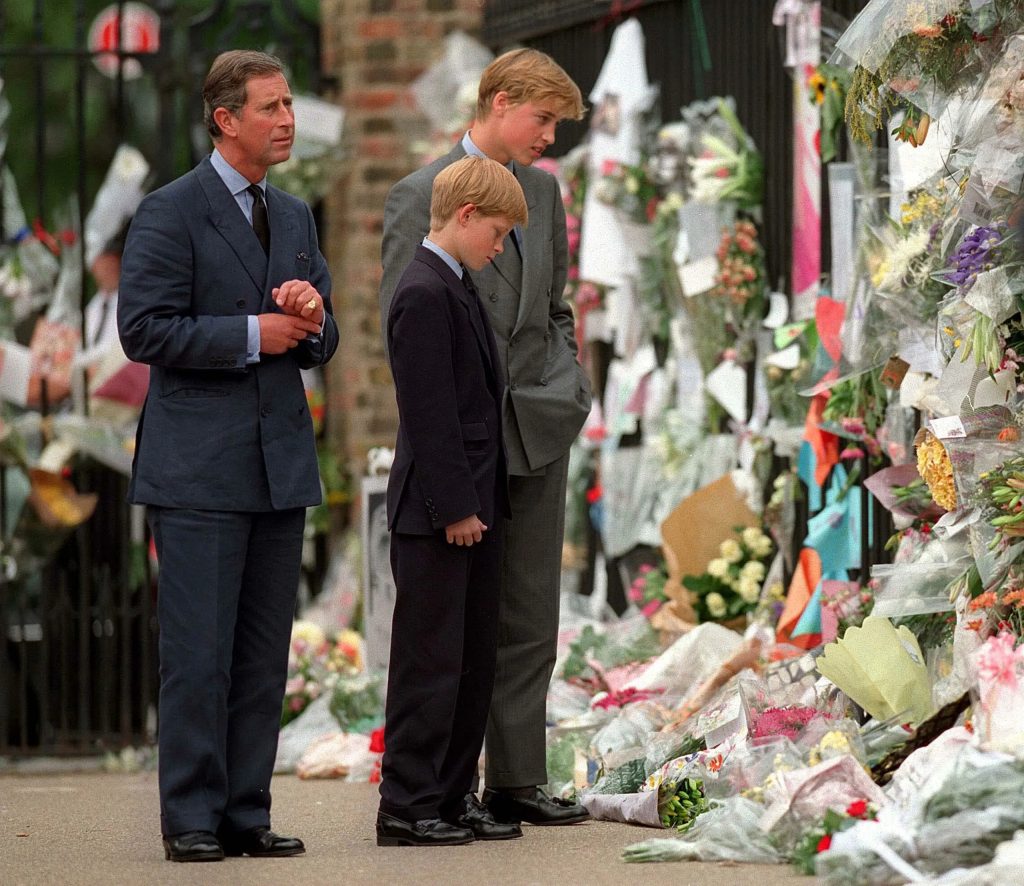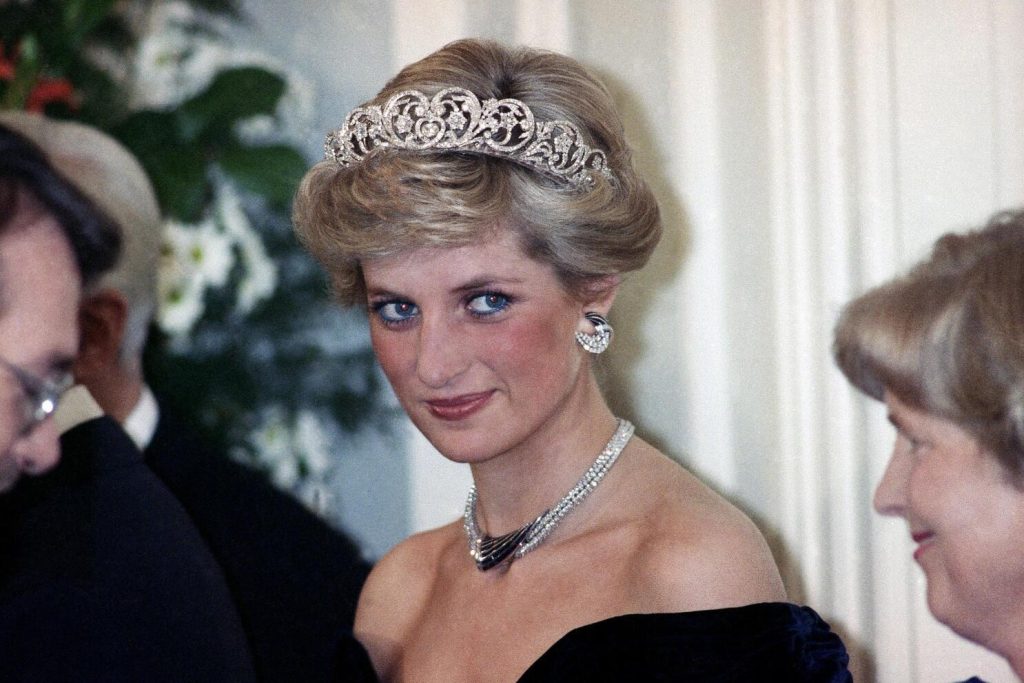
More than two decades have passed since Princess Diana’s tragic car crash in Paris on August 31, 1997. Yet for many people in the UK and around the world, the full story surrounding her death still feels unresolved. Even today, a significant number of Brits continue to question the official account, believing that her passing was more than just a tragic accident.
Let’s explore what really happened, what the investigations revealed, and why millions remain unconvinced.
What Happened That Night?

Diana, Princess of Wales, was just 36 years old when the car she was traveling in—alongside her romantic partner Dodi Al Fayed—crashed in the Pont de l’Alma tunnel. Their driver, Henri Paul, also lost his life, while bodyguard Trevor Rees-Jones was the only survivor.
Though early reports noted that Diana had been conscious and responsive after the accident, she later succumbed to internal injuries, including chest trauma and cardiac arrest.
A Third of Brits Don’t Believe It Was Just an Accident
A 2021 Sky History survey revealed that one in three UK residents believe Diana’s death wasn’t accidental. And this isn’t a new development—polling as far back as 2013 by YouGov showed similar results, with 38% expressing doubt over the official explanation.
From suspicions of foul play to theories involving British intelligence agencies, the public has speculated for years, with some theories gaining widespread traction.
Inside the Conspiracy Theories

Among the most commonly believed theories:
- That Diana was assassinated to prevent her from marrying Dodi Al Fayed, a Muslim man.
- That MI6 or the SAS orchestrated the crash.
- That Diana was pregnant at the time.
- That her seatbelt was deliberately tampered with.
- That Prince Philip or other royal figures were somehow involved.
Dodi’s father, Mohamed Al Fayed, became one of the most vocal proponents of the idea that the crash was part of a larger conspiracy. He even accused the late Prince Philip of orchestrating the event to protect the monarchy’s reputation.
Operation Paget: The Official Response

To address these growing theories, the British police launched Operation Paget in 2004—a detailed, three-year investigation costing millions. Led by former Scotland Yard Commissioner Sir John Stevens, the team reviewed over 600 pieces of evidence and interviewed hundreds, including then-Prince Charles.
One of the most chilling details investigated was a note Diana had written in 1995, where she expressed fear that her husband was “planning an accident” involving her car.
Despite the drama surrounding the case, Operation Paget’s conclusion was firm: Diana’s death was a tragic accident, caused by the reckless driving of a drunk driver and the couple’s failure to wear seatbelts.
The Verdict: Tragedy, Not Treachery

The final report—spanning 871 pages—debunked many of the rumors:
- There was no evidence Diana was pregnant.
- No proof existed that British intelligence services were involved.
- Henri Paul was found to be heavily intoxicated.
- No mechanical fault or sabotage was discovered in the vehicle.
- Diana and Dodi were not wearing seatbelts, contributing to the fatal injuries.
An inquest jury in 2008 echoed this, ruling the deaths as “unlawful killings” due to gross negligence by the driver and the paparazzi pursuing the vehicle.
Why the Doubts Still Linger
So why do so many people still believe in conspiracy theories?
Perhaps it’s the sheer scale of public grief. Diana was beloved, and the world wasn’t ready to lose her. Or maybe it’s the secrecy surrounding royal life—when answers feel guarded, speculation often fills the gaps.
In the end, whether one believes the official version or not, what’s certain is this: the death of Princess Diana changed the British monarchy forever, and the questions surrounding that night continue to echo through history.